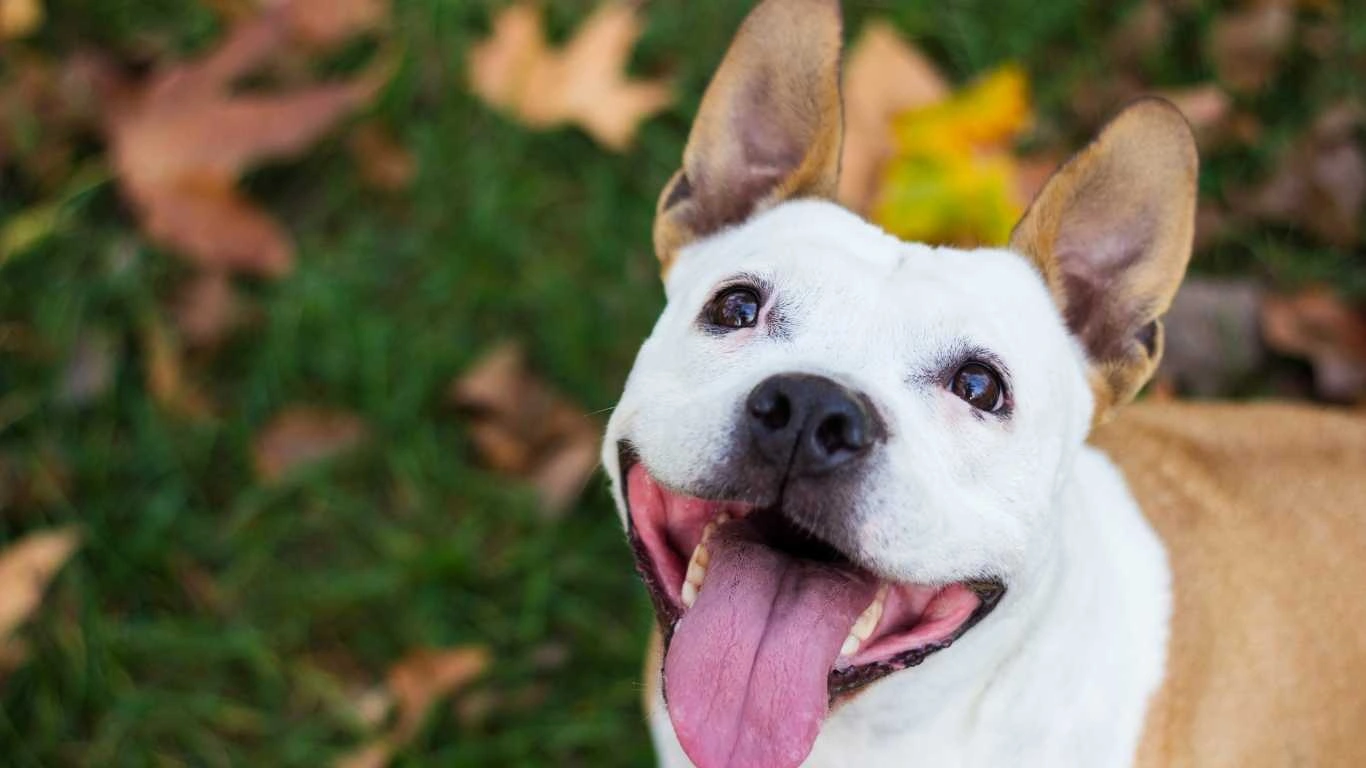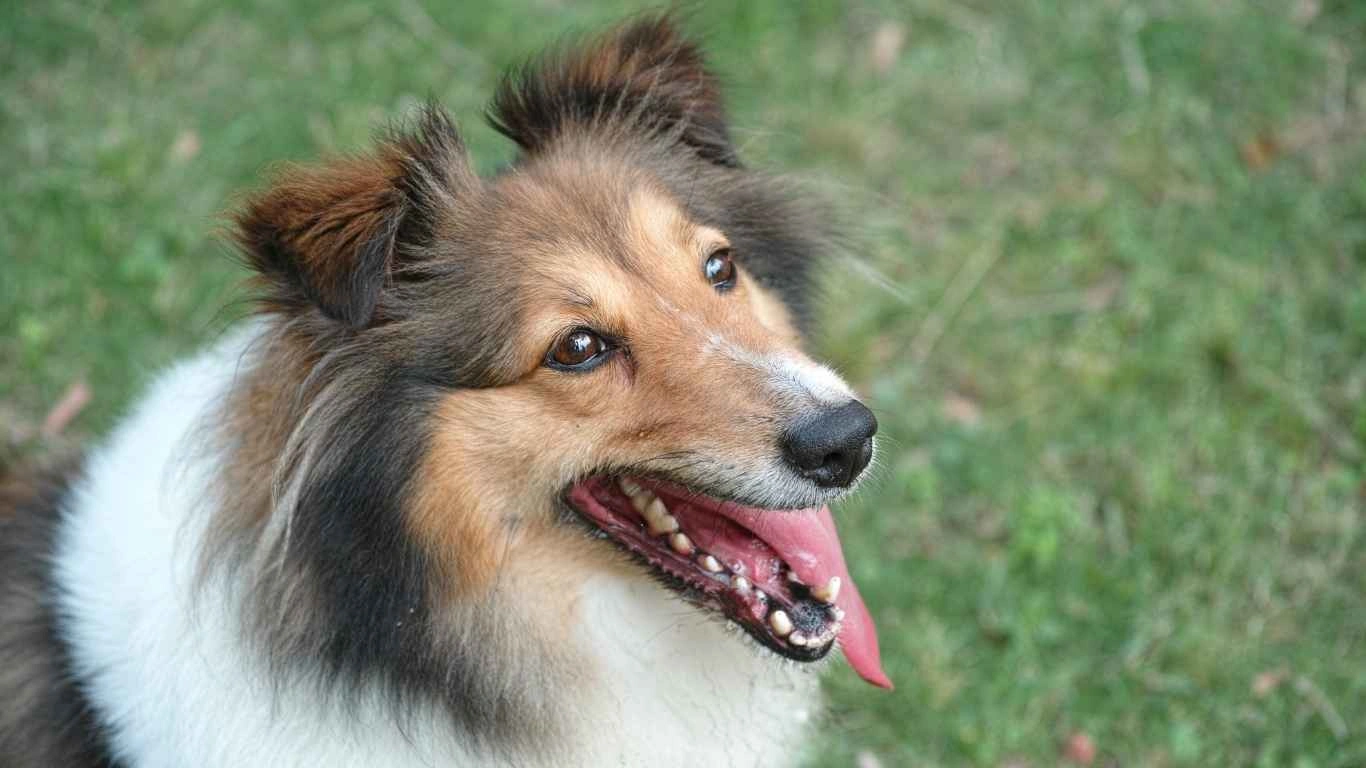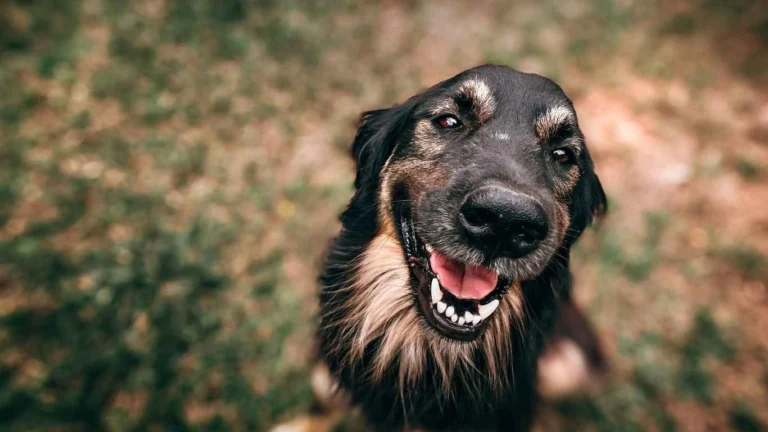Ultimate Best Diet Plan for a Dog with Pancreatitis That Works
If you’ve ever had a pup diagnosed with pancreatitis, you know how heartbreaking and stressful it can be. I’ve worked with countless dogs as an Animal Care Specialist in both clinics and shelters, and one thing I’ve seen time and time again is how critical the right nutrition is. The best diet plan for a dog with pancreatitis can mean the difference between constant flare-ups and a happy, tail-wagging life. Trust me, I’ve walked this road with worried pet parents more times than I can count—and I’m here to help make that path clearer for you too.
What Exactly Is Pancreatitis in Dogs?

Before diving into diet details, let’s talk about what pancreatitis actually is. Simply put, it’s inflammation of the pancreas, an organ that plays a big role in digestion and blood sugar regulation. When that inflammation kicks in, digestive enzymes start activating *inside* the pancreas instead of the gut. And yeah, that causes some serious pain and can do real damage.
In the clinic, we often saw dogs come in with symptoms like:
- Vomiting
- Loss of appetite
- Abdominal pain (arched back, reluctance to lie down)
- Lethargy
- Fever or diarrhea in some cases
Some cases are mild, but others require hospitalization. And even if your pup pulls through the initial episode (which many do), they’re now on a lifelong journey of dietary management.
Why Diet Is the Cornerstone of Recovery

Here’s something I’ve told pet parents over and over again: meds help, but food heals. The pancreas’s main job is to help digest fats and proteins. When it’s inflamed, it basically needs a vacation—and that means feeding it *super gently*. That’s where the best diet plan for a dog with pancreatitis comes in.
Key Nutritional Goals
There are three main things we aim for when feeding a dog with pancreatitis:
- Low Fat: This is non-negotiable. Fat is the #1 trigger for flare-ups. I’ve seen dogs go from stable to vomiting within hours after sneaking a fatty treat.
- Easily Digestible: Think boiled chicken, white rice, or vet-prescribed low-fat foods. The easier it is to digest, the less work the pancreas has to do.
- Balanced Nutrition: Just because it’s bland doesn’t mean it can be nutrient-poor. Over time, a poorly balanced diet can lead to other health problems.
What I’ve Seen Work in the Real World
When I worked at the shelter, we had a senior Labrador named Daisy who had recurring bouts of pancreatitis. Her previous owner had unknowingly been feeding her high-fat commercial dog food, and her condition just kept getting worse. Once we switched her to a prescription low-fat diet (we used Hill’s i/d Low Fat, but there are several good ones out there), she turned a corner within a week. Her appetite came back, her energy improved, and she just looked… relieved. Like she wasn’t fighting her own body anymore.
Of course, not every dog reacts the same. I’ve seen others do great on home-cooked diets (under the guidance of a vet or pet nutritionist). A lot depends on the individual dog—age, breed, severity of pancreatitis, and any other health issues.
Common Mistakes to Avoid

Honestly, most pet parents I’ve worked with have *all the love* in the world for their dogs—but sometimes that love translates into feeding habits that backfire.
Here’s a few things to absolutely avoid:
- Table Scraps: Even a bite of bacon or cheese can set off a serious episode.
- High-Fat Treats: Read the labels. “Grain-free” or “organic” doesn’t automatically mean low fat.
- Skipping Vet Guidance: Homemade diets can be great, but they need professional input. Otherwise, you risk nutrient deficiencies.
I had a sweet beagle come in once who was being fed boiled ground turkey and rice—which sounds okay on paper—but the fat content in turkey was too high for his system. It took a full-on crash and an emergency vet visit to catch the mistake.
So yeah, this stuff really matters. But the good news? Once you dial in the diet, many dogs go on to live full, happy, tail-wagging lives.
Vet-Prescribed vs. Home-Cooked: What’s the Better Route?

One of the most common questions I get from dog parents is whether they *have* to stick with vet-prescribed diets, or if they can whip up something at home. Honestly? It depends. The best diet plan for a dog with pancreatitis isn’t one-size-fits-all. In my years working in pet clinics and shelters, I’ve seen both approaches work beautifully—when done right.
If you’re leaning toward a prescription diet, you’re choosing convenience and peace of mind. These formulas are carefully crafted to meet nutritional needs while being super low in fat and easy to digest. Brands like Hill’s, Royal Canin, and Purina Pro Plan have solid reputations and research backing their products. They’re often my go-to recommendations, especially for pet parents who are juggling work, kids, and just don’t have time to cook chicken and rice every day.
Now, for those who prefer the home-cooked route, it’s totally doable—but it takes dedication. I’ve worked with pet parents who meal-prep for their pups like they’re personal chefs. When I had a client with a dachshund named Milo, she cooked his meals in bulk every Sunday: boiled chicken breast, white rice, steamed carrots, and a vet-approved supplement for balance. Milo’s pancreatitis stayed under control, and he thrived. But—and this is key—she worked closely with a veterinary nutritionist to make sure every meal checked all the boxes.
Top Ingredients to Include (and What to Avoid)

What You *Can* Feed
Here’s a list of dog-safe, pancreas-friendly ingredients I’ve seen used successfully over the years:
- Boiled Chicken Breast: Skinless and boneless, lean protein that’s easy to digest.
- White Rice or Pasta: Gentle on the tummy and a good carb source.
- Pumpkin: Not only helps digestion, but dogs seem to love the taste.
- Low-Fat Cottage Cheese: In small amounts—good for protein and calcium.
- Steamed Veggies: Carrots, green beans, and zucchini are usually well-tolerated.
What to *Avoid Like the Plague*
- Fatty Meats: Beef, pork, lamb—even turkey can be too fatty unless it’s the leanest cut.
- Dairy Products: Most are too rich. Cheese? Nope. Ice cream? Definitely not.
- Commercial Treats: Even the ones that look “healthy” often hide a surprising amount of fat.
- Oily Fish: Like salmon or sardines. Great for some dogs, terrible for a pancreas under stress.
One tip I always share: when in doubt, check the fat content. A good rule of thumb is keeping it under 10% on a dry matter basis. I’ve had clients print out food labels and bring them to their appointments, and it really helps make informed decisions.
How to Transition Your Dog to a New Diet

Switching your dog’s food overnight? Not a great idea—especially not for a dog recovering from pancreatitis. You want to ease into it to avoid tummy trouble or rejection. I usually recommend the following approach, and it’s worked like a charm for many pups I’ve helped care for:
- Days 1–2: Mix 25% new food with 75% old food
- Days 3–4: Go 50/50
- Days 5–6: 75% new, 25% old
- Day 7: 100% new food
Of course, if your dog shows any signs of distress—vomiting, diarrhea, loss of appetite—slow it down or check in with your vet. Every dog has their own pace. I once had a Shih Tzu named Leo who needed two full weeks to transition to a hydrolyzed protein formula. He was a picky eater and had a sensitive stomach, but we got there eventually.
Don’t Forget Hydration
It might sound obvious, but hydration plays a major role in managing pancreatitis. Dehydration can make symptoms worse and stress the body even more. Always keep fresh, clean water available. Some dogs might even benefit from diluted low-sodium broth (just make sure it’s onion and garlic-free).
And here’s a trick I’ve used when dogs weren’t drinking enough: ice chips. Many pups will happily lick on a couple ice cubes when they’re not in the mood to drink from a bowl. Works like a charm, especially during recovery phases.
Understanding Long-Term Management
Once your dog has had an episode of pancreatitis, you’re in it for the long haul. I know that sounds daunting, but it doesn’t have to be scary. It just means being mindful of what goes into their bowl, staying consistent, and keeping regular check-ins with your vet.
In the next section, we’ll dive into what daily meal routines can look like, how to handle treats (yes, they can still have *some*!), and how to read food labels like a pro. Because at the end of the day, feeding a dog with pancreatitis isn’t just about restriction—it’s about creating a lifestyle that lets them thrive.
Daily Feeding Routines for Dogs with Pancreatitis

When it comes to managing pancreatitis long-term, consistency is your best friend. Over the years, I’ve noticed dogs respond really well to smaller, more frequent meals instead of one or two big ones. This helps ease the workload on their pancreas, giving it less to digest at once and reducing the risk of another flare-up.
Here’s a simple routine I’ve recommended again and again in clinics and shelters alike:
- Feed 3 to 4 small meals per day: Spreading out food helps keep blood sugar stable and prevents digestive overload.
- Stick to the approved diet: Whether that’s vet-prescribed or carefully home-cooked, don’t deviate unless your vet says it’s okay.
- Weigh portions: Measuring food ensures your dog isn’t getting more fat or calories than recommended. I’ve had pet parents amazed at how just cutting down a bit can make a big difference.
- Offer plenty of fresh water: Hydration can’t be overstated—especially in dogs with pancreatitis.
I remember a Golden Retriever named Max who came into the shelter with chronic pancreatitis. His owner was overwhelmed and just fed him whatever was easy. After we worked with them to establish a steady meal schedule and switch to a low-fat diet, Max’s health stabilized remarkably. Little changes make a big impact.
Treats and Snacks: Yes, Your Dog Can Still Enjoy Them!

One of the biggest worries I hear is, “Will my dog ever get to have treats again?” The answer? Absolutely. You just need to be choosy.
Low-Fat Treat Ideas That Won’t Upset the Pancreas
- Carrot sticks or cucumber slices: Crunchy and low-calorie, plus many dogs love the texture.
- Apple slices (no seeds!): Sweet and healthy, but feed in moderation due to sugar.
- Commercial low-fat treats: Look specifically for ones designed for sensitive stomachs or pancreatitis.
- Small pieces of boiled chicken: An easy homemade option.
One tip from my shelter days: always introduce new treats gradually. Sometimes dogs with pancreatitis have sensitive digestion, and a sudden new snack can cause trouble. I recommend starting with tiny amounts and watching closely for any signs of upset.
Reading Food Labels Like a Pro
Understanding the ingredients and nutritional info on dog food and treats is a game-changer. Fat content is the biggie, but there are other sneaky culprits like preservatives, artificial colors, and fillers that might irritate your dog’s system.
Here’s what I tell pet parents to focus on:
- Fat percentage: Keep it under 10% as a general rule.
- Protein source: Look for named meats like “chicken” or “turkey” rather than vague “meat by-products.”
- Carbohydrates: Brown rice, oats, and sweet potatoes are usually better than corn or wheat fillers.
- Avoid additives: No artificial colors, flavors, or preservatives.
It might seem overwhelming at first, but with time, it becomes second nature. And trust me, your vet will be happy you’re taking this seriously!
When to Call the Vet: Warning Signs to Watch For
Even with the best diet and care, pancreatitis can flare up unexpectedly. It’s important to know when to seek help so your dog doesn’t suffer unnecessarily.
- Persistent vomiting or diarrhea lasting more than 24 hours
- Severe abdominal pain (your dog might whimper, try to hide, or adopt a “praying” position)
- Sudden loss of appetite that doesn’t improve
- Signs of dehydration: dry gums, sunken eyes, lethargy
- Weakness or collapse
From my experience, quick action can save lives. I’ve seen dogs who received timely treatment go from very sick to thriving in a matter of days. Pancreatitis is serious, but manageable when caught early.
References
- American Veterinary Medical Association
- American Animal Hospital Association
- World Small Animal Veterinary Association
Disclaimer
This article is intended for informational purposes only and is not a substitute for professional veterinary advice. Always consult your veterinarian before making any changes to your dog’s diet or treatment plan, especially when dealing with medical conditions like pancreatitis. Every dog is unique, and what works for one may not be suitable for another.






